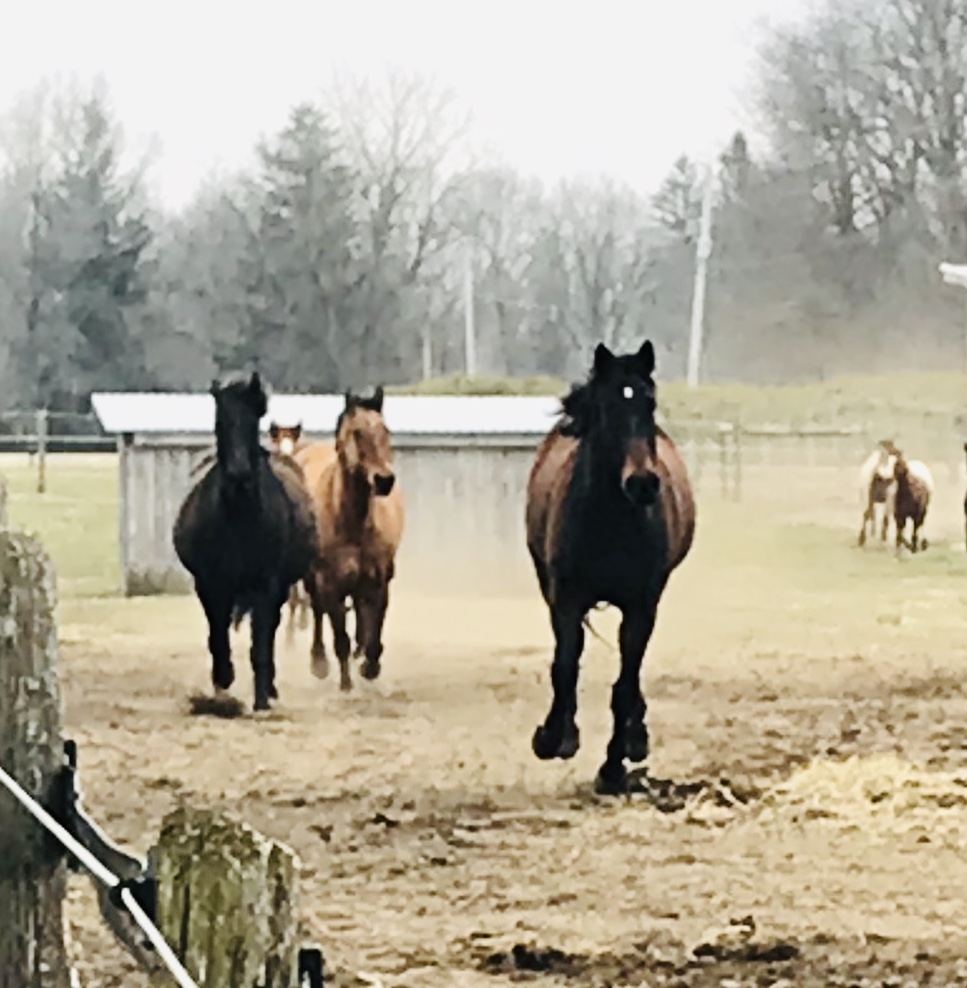The way humans think is vastly different from the way horses think. Unlike us, horses don’t share our goals, aspirations, or ambitions—and they aren’t likely to change. Horses are, by nature, consistent and fairly predictable. Sure, some are more alert, others more sensitive, but at their core, they’re still just horses—instinct-driven, present, and honest in their responses.
People, on the other hand, are a whole different story. We’re complicated. We can be needy, selfish, ignorant, spiteful, sensitive, brilliant, manipulative, compassionate, philosophical, egotistical, insecure, erratic, and deeply insightful—sometimes all in the same day. Our ability to reason and reflect is both a gift and a liability when it comes to working with animals who don’t operate from that same mental space.
Horses, meanwhile, are simply trying to get along with the least amount of fuss or trouble. Most of the so-called “bad” behaviors we see in horses are often the result of human misunderstanding or poor handling. In many cases, the horse has been taught—intentionally or not—to behave that way.
The good news is, we can change. We can shift our mindset and adjust how we interact. If we take the time to understand the nature of the horse, we’ll see that many of their so-called problems are actually completely reasonable responses to the information we’ve given them.
As Ray Hunt once said, “The horse is always right.” That doesn’t mean the horse’s reaction is always ideal, but it is right in the sense that it reflects what the horse believed we were asking of them. Their response is honest feedback to our presentation.
And that’s really what it all comes down to—presentation. The way we approach, the way we ask, the way we guide. If we change the way we think and communicate, we give the horse the chance to respond more peacefully, more willingly, and with fewer misunderstandings.
In the end, the horse is doing the best it can—with what it’s been given.

